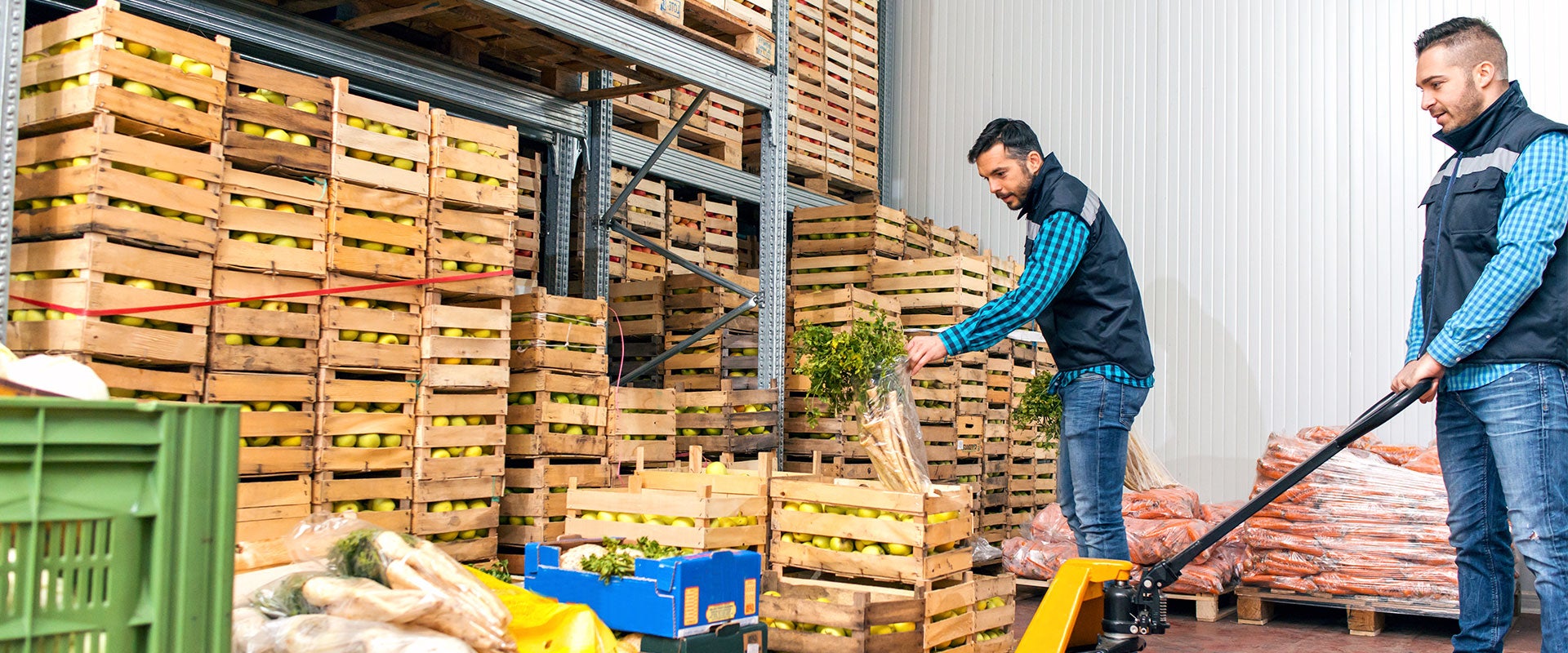
In the quick service restaurant (QSR) industry, maintaining consistent produce quality presents substantial challenges. Moving fresh produce from farm to restaurant involves a complex journey, where delays, variable transit times and inconsistent handling can significantly impact quality. These challenges are particularly acute for highly perishable items like lettuce, which is primarily grown in the Southwest and Mexico, requiring long transit times to East Coast markets.
When rising customer complaints about produce freshness began affecting a leading QSR chain’s reputation, they turned to L.E.K. Consulting’s operations and supply chain team for help.
Understanding and addressing the challenge
Supply chain visibility differentiates market leaders in the QSR industry by enabling a comprehensive understanding of produce flow from farm to restaurant. It requires analyzing metrics across all nodes — farms, processors, distributors and stores — to pinpoint bottlenecks and inefficiencies. While a detailed understanding of the end-to-end supply chain allows QSRs to address critical factors like transit times and storage conditions, many struggle with fragmented data, leaving quality issues unresolved.
Our team discovered that the client lacked supply chain oversight, with crucial data on transit and storage times missing. Without visibility into produce handling or total transit time to stores, identifying the root causes of quality issues — such as discoloration and wilting — was impossible.
To establish visibility, the team conducted extensive surveys and interviews with suppliers, distributors and stakeholders. They collected days-on-hand data at each step, calculated inventory turns in distribution centers (DCs) using inbound and outbound schedules, and estimated transit times across the network. This analysis created a supply chain model that made performance visible and measurable at every touchpoint.
Mapping the supply chain for deeper insights
We identified two fundamental principles that would guide this analysis:
- Supply chain duration: Ensuring produce moves quickly from farm to store
- Supply chain integrity: Ensuring produce arrives in high-quality condition by maintaining proper temperature, storage and logistical controls at every stage
With these principles as the framework, we built a network flow model to analyze each stage of the produce supply chain, from harvest to delivery (see Figure 1). This model detailed time spent and risk of storage failure at each stage, including processing, transit and warehousing.
The analysis revealed long transit times to stores, with significant risk of improper storage. Many DCs were found to be at risk of delivering produce with an insufficient shelf life, and there was limited temperature tracking for DC-to-store transit.
While the level of risk varied across different types of produce, inefficiencies were consistent, impacting freshness and delivery timelines. Regional disparities further compounded these issues, with some stores receiving produce with 10 days of shelf life remaining, while others had only one to two days left, insufficient to meet demand before the next delivery (see Figure 2).
Through this detailed mapping, we identified four critical points where quality degradation occurred:
- Post-processing delays: Produce often remained at processors longer than optimal, putting the supply chain behind schedule and creating a ripple effect that made it harder to maintain freshness and meet timelines.
- Transit times: The geographic distance between processors and DCs extended transit times, reducing the remaining shelf life.
- Inventory turnover at DCs: Extended storage periods at DCs further diminished freshness.
- Temperature control: Inconsistent temperature maintenance during transit and storage accelerated quality deterioration.
Defining operational guidelines
Armed with these insights, the team developed supply chain heuristics — precise guidelines for each stage of the process to maintain optimal freshness and mitigate supply chain failure:
- Limit post-processing time: Produce should not remain at the processor for more than one day after processing. Current suppliers should be notified of this target, and future supplier contracts should include it as a requirement.
- Processor-to-DC transit standards: The transit from processor to DC should not exceed two days. Where this threshold is challenged, leverage processors closer to DCs or employ expedited strategies, such as team driving.
- Enforce inventory turnover at DCs: Inventory should not remain in DCs for more than two days. DCs unable to meet this standard should increase shipping frequency (e.g., at least three times per week) and enhance the alignment of inbound and outbound shipments through active coordination and oversight.
- Conduct biannual distributor audits: Verify proper storage conditions, including adherence to FIFO (first-in, first-out) practices and appropriate freezer placement.
- Require temperature audits: Implement digital temperature checks at delivery points to ensure that the cold chain is maintained and produce arrives with sufficient shelf life.
The team further recommended embedding these requirements in future supplier contracts to ensure accountability across all stages of the supply chain.
Results and key takeaways
The impact of these adjustments was substantial:
- The amount of produce arriving with gold-standard quality rose dramatically, reaching a 98% success rate
- Customer complaints about produce quality decreased by 20%
- Reduced spoilage and optimized sourcing practices significantly contributed to cost savings
- Embedded supplier contract standards created lasting accountability
This project demonstrated that seemingly straightforward quality issues often require sophisticated, data-driven solutions. By combining analytical rigor with actionable guidelines, we enabled the QSR to address quality challenges with precision and establish new standards to maintain produce freshness.
Interested in optimizing your supply chain performance? Contact us to learn how we can help.
L.E.K. Consulting is a registered trademark of L.E.K. Consulting LLC. All other products and brands mentioned in this document are properties of their respective owners. © 2024 L.E.K. Consulting LLC
01072025110151





